Futaleufu River Travel Logistics
The world famous rafting on the Futaleufu River is situated close to the town of Futaleufu, in the northern region of Patagonia. For many people, rafting the Futaleufu is near the top of their bucket list. However, figuring out the logistics of your trip down south can be challenging, time consuming, and a turn off to the vacation. There are always the questions of how to travel, where to stay, how to use the foreign currency, and how to use your cell phone in a different country. Also, everything is in Spanish which is problematic if you do not know this language. I have traveled to Futaleufu a number of times have learned new tips and tricks each time. Here are some tips to help make planning your trip to the Futaleufu River a little bit easier.
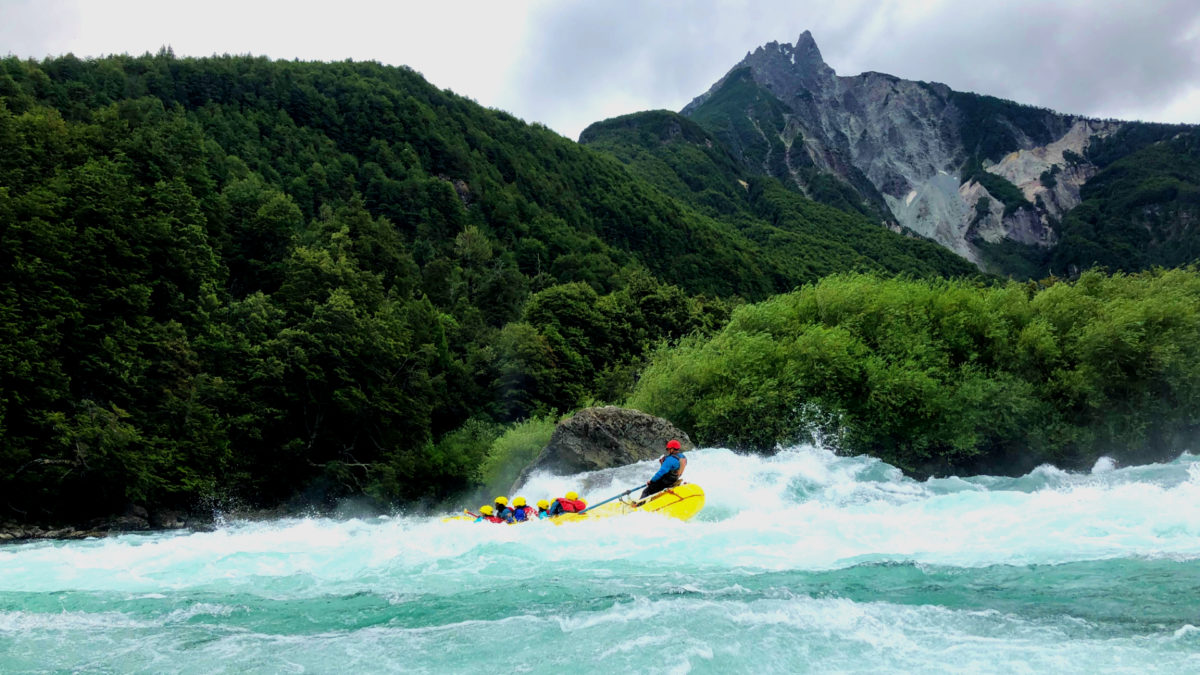
Rafting the Futaleufu
How to get to Futaleufu
Being very far south and slightly inland to the coast make reaching Futaleufu a long process. Unfortunately, there is no direct flight or route to Futaleufu. First, you must fly to either Chile or Argentina. I prefer flying to Santiago, Chile and so the rest of the steps assume you are flying to Chile. Second, you need to choose how you will travel from the North of Chile to the South. The entrance of Patagonia is the southern city Puerto Montt, situated along the ocean and the last big city before Futaleufu. The third step is navigating a route inland to Chaiten. Finally, the last leg of the journey is getting from Chaiten to Futaleufu. While a long process, with some patience and time it is very doable.
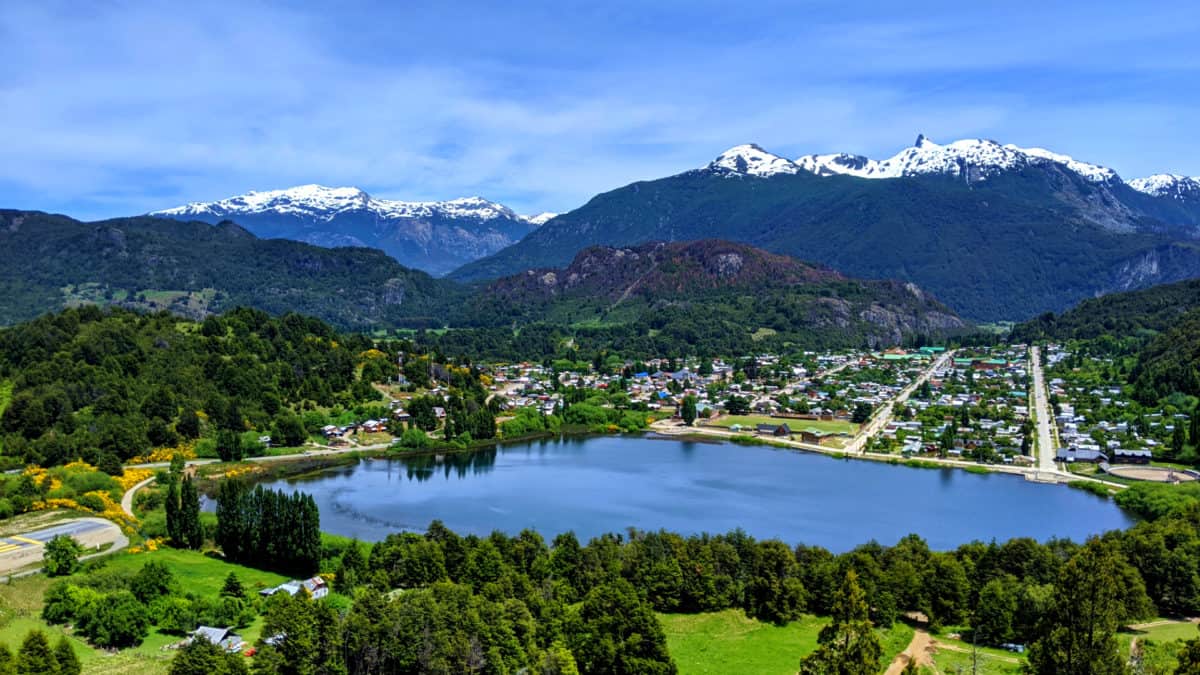
Futaleufu
1. Flying to South America
- Fly into Santiago **my recommendation** - The airport is large and has many options for flights.
- Fly into Buenos Aires - I have never done this and do not know as much about logistics to Futa from Buenos Aires. But, Futaleufu is only 10 km from Argentina and has a nice border crossing.
2. Santiago to Puerto Montt
- Fly - There are two airlines, LATAM and SKY. SKY is generally cheaper and tickets can be easily upgraded to include baggage.
- Bus - Everyday and night trips take a direct route south to Puerto Montt. In short, this is cheapest but most time consuming option. Note, I issue word of caution as I have heard of people’s luggage being stolen.
- Rent a car - Santiago will be the easiest place to rent a vehicle. The route to Puerto Montt is a beautiful 1030 km straight shot along Ruta 5. The average drive time is 10-11 hours. However, make sure you have enough cash to pay the many tolls.
3. Puerto Montt to Chaiten
- Fly - There is a tiny airport that offers puddle jumper planes to Chaiten. NOTE: There are two airports in Puerto Montt and the one with planes to Chaiten is different from the one you will arrive in from Santiago. A reminder, Spanish is necessary to make a reservation either online or over the phone for a flight to Chaiten.
- Ferry - Overnight or day trips leave daily and the crossing takes around 8 hours. The night ferry leaves at 11pm (you need to be there around 9:30) and the ferry in the morning leaves at 7am. The ferry takes cars if you rented one, just make a reservation in advance.
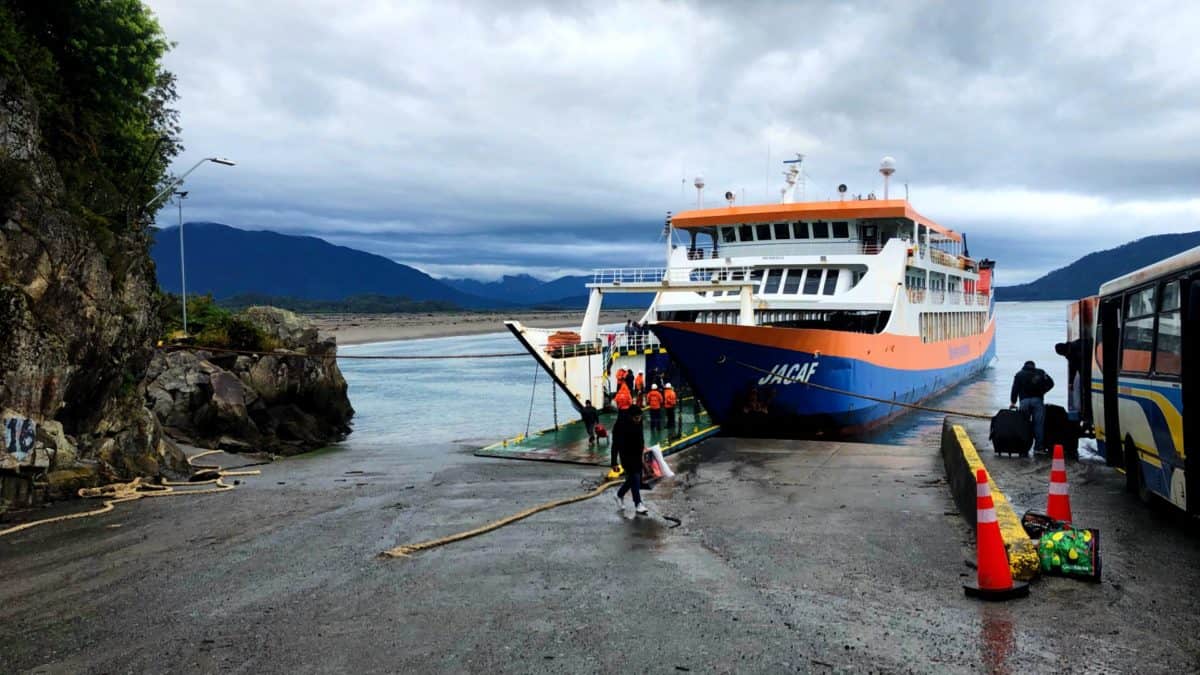
Ferry in Chaiten
4. Chaiten to Futaleufu
- Bus - The bus offers to pick up passengers at the airport and the ferry. This is a cheap option, only a couple US dollars, and runs two times a day. The buses are reliable and have good drivers. They can be full in the popular summer months, so try and get a ticket as soon as you arrive in Chaiten.
- Drive - Over half of the drive to Futaleufu is on loose dirt roads so drive carefully! Remember, you have to rent a car BEFORE arriving to Chaiten.
Where to Stay
Depending on your budget and how you arrived, there are many options for where to stay in Futaleufu. For example, if you have a car there are a few more options due to being able to drive yourself around. On the other hand, if you are relying on public transportation, I recommend staying in town. Everything in town is within walking distance and there is often something interesting going on in the main square.
Lodges and Hotels
- Peuma Lodge - This beautiful lodge is situated off CH-231, closer to the start of river rafting than the town. It boasts amazing views of both the Tres Monjas and Cerro Obession. They offer delicious breakfasts and dinners as well as cozy, private cabins. The staff are extremely hospitable and welcoming.
- La Gringa Carioca Hostal - A homey bed and breakfast, La Gringa is located just on the edge of town. They offer hearty breakfasts and good information about things to do in town. Book your stay in advance as there are only four rooms in this private, quaint hotel.
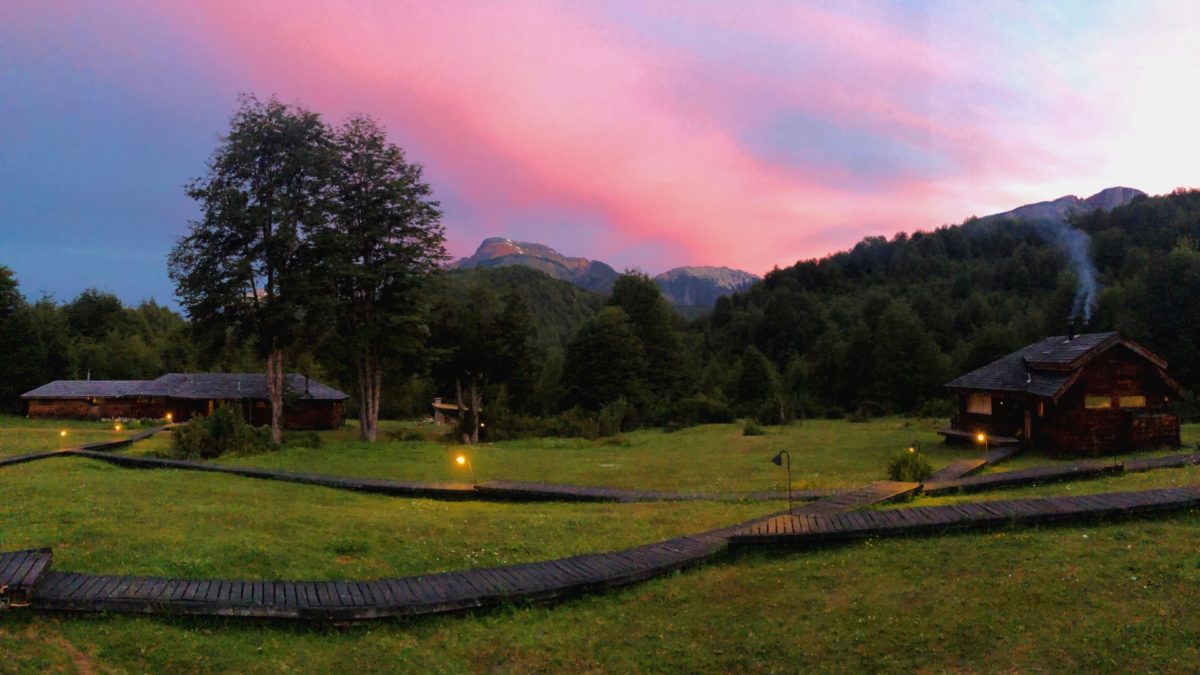
Peuma Lodge
Hostels
- Hostal Las Natalias - Run by an American couple, this hostal is just outside of town and still within easy walking distance. There are a few different types of rooms to choose from and a full kitchen to cook in. Additionally, the friendly staff will help plan your adventure and give you advice on the best things to do besides rafting.
Camping
- El Amigo Patagon - If you want to camp and stay in town, this is the place to do it. They even have space for your RV or van if you are car camping. El Amigo Patagon has hot showers available morning and afternoon, men and women's bathrooms, and a covered cooking area. Plus, the camp hosts offer laundry services if you packed light are starting to smell.
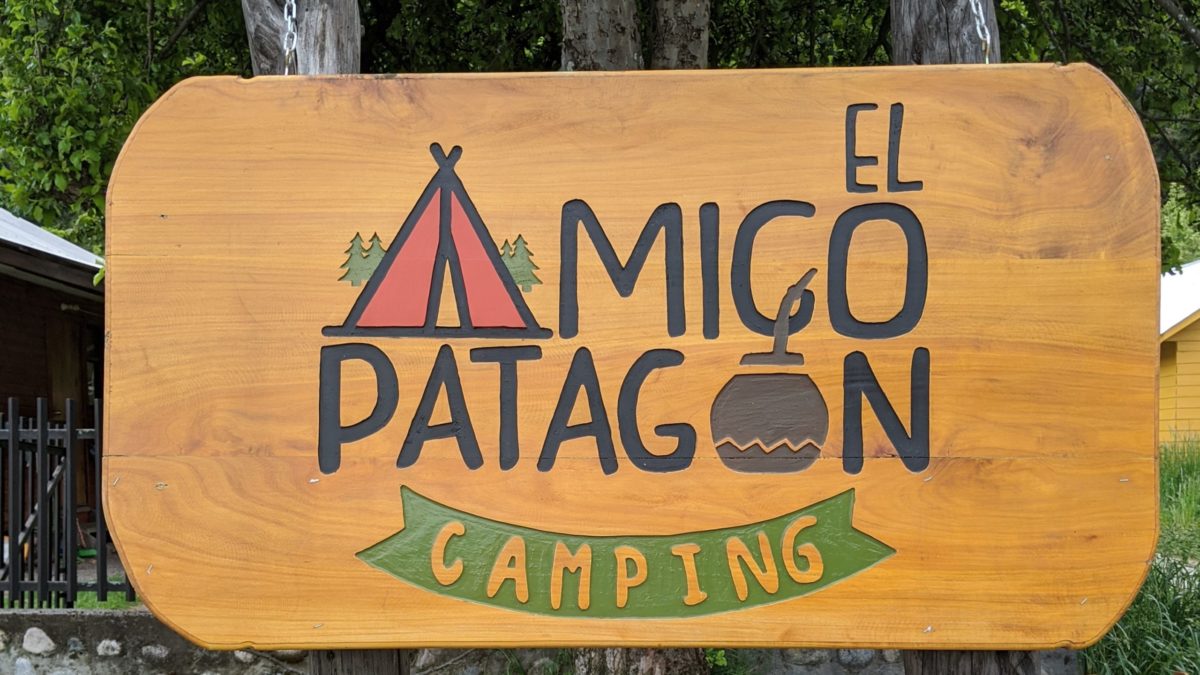
El Amigo Patagon
Exchange Rate
Chile uses the Chilean Peso (CLP). While South America tends to have a reputation for being a cheap place to travel, Futaleufu can get expensive if you are not paying attention. In addition to it being a challenging place for tourists to get to, it is also hard for all the merchandise and food to arrive. Therefore, the food and goods here are not as cheap as some of the more popularly visited places. But, tourism fuels the town and all the vendors are grateful for your business.
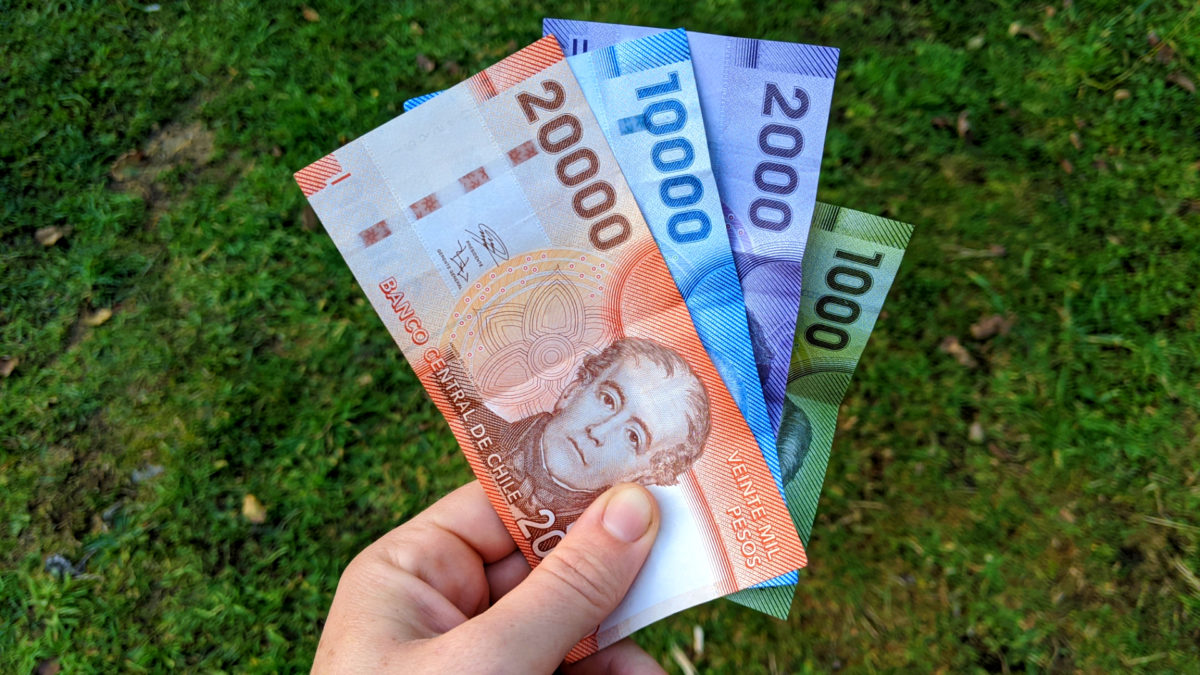
Chilean Pesos
Cash vs Card
It is possible to do the whole trip with a credit card, but I always prefer to have cash on hand. While there will be banks along the way for exchanging money, the best exchange rates are found at the airport or at currency exchange kioks in the bigger cities. The last, best, place to exchange money before Futaleufu is Puerto Montt. I recommend carrying some cash to pay small tickets, bus fares, and for the rare store that does not accept cards. Luckily, the main supermarkets, shops, and rafting companies all take credit cards. However, it is important to remember to know if your card has foreign transaction fees, before traveling, to avoid racking up accidental fees. If you do not know, call your bank or credit card company in advance.
Spanish
The first time I traveled to Chile my Spanish was abysmal. I knew only a couple of the basic words and had no confidence in my speaking abilities. Do not let this scare you from traveling though. The people of Futaleufu are incredibly nice, understanding, and quite a few speak enough English to communicate. To further get your point across, do not be afraid to throw in lots of hand gestures.
Despite this, my lifesaver was the Google Translate App. Install it before you leave on your trip and you can download the Spanish translations. I was constantly using this app to help me talk to people and navigate through Futaleufu. Google Translator will translate spoken or written sentences without service and, with service, can translate pictures of text.
To learn or brush up on your Spanish, the apps Duolingo and Babble are very helpful. Used daily, your Spanish will notably improve and you might be able to chat with the locals. Pro tip: ask whoever you are speaking to speak slower (mas lento, por favor) or with more space (mas espacio, por favor).
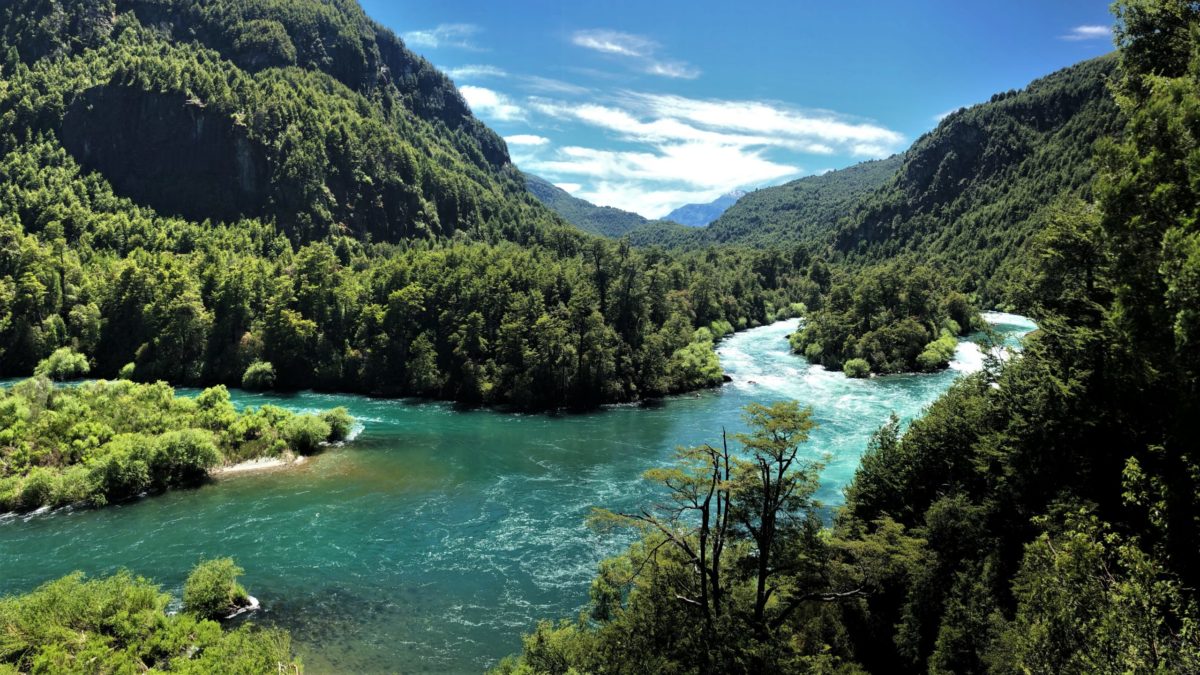
Isla, Futaleufu River
Cell Phones
As far as your cell phone is concerned there are a few different options. Here are a few ideas:
- WiFi only - Since we are living in the 21st century, a lot of places have WiFi. However, it is a small town in South America and the WiFi can be unreliable and not guaranteed. I lived in Futaleufu for three months my first time down and succeeded only using WiFi. It helped that I had WiFi where I lived and there was no service where I was working.
- SIM card - If your phone has the capabilities of changing out the SIM card, this is an excellent option. SIM cards are not expensive and can be purchased almost anywhere. I recommend purchasing the first one at the airport and having the seller install it for you. It can be a little bit tricky to reload without knowing Spanish, but most locals will be able to help you out. You also might want to have some cash on hand if your card does not work to buy more data.
- Google Fi - Before traveling to Futaleufu this year, I switched from Verizon to Google Fi. I realized I was going to be spending almost half the year outside of the United States and wanted to find a plan that was easy to use in other countries and would not cost me a fortune. I decided on Google Fi and have been very happy with it. It is a new phone service that uses the most common cell towers where ever you are or whatever open WiFi network is around. The interface is extremely easy to use, with the ability to change or update your plan from an app on your phone. You have the option of paying per GB of data or for unlimited. In my experience, the service has been very reliable and I have been very happy with this plan.
Now, I hope you have a better understanding of the travel logistics for getting to Futaleufu. What else do you want to know about? Comment below.




